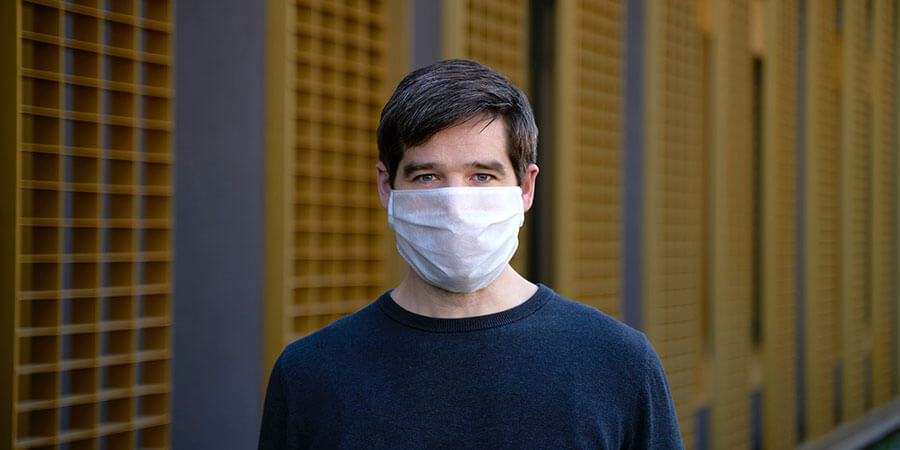A Guide To Face Masks (Infographic)

The restaurant industry has changed a lot since the recent COVID pandemic. Most restaurants in the nation are not able to host diners inside, which has shifted remaining restaurants to carryout and delivery only. It’s a drastic shift and it has to be done safely. No one knows how to prevent cross-contamination better than trained kitchen staff, but now that the contagion in question is airborne there’s a new tool in the fight: face masks.
Social distancing is more important than ever, but even that can’t prevent the spread of COVID-19 alone. Restaurant staff still fortunate enough to be working are being asked to wear face masks, and this may be the thing that keeps restaurants in business throughout the rest of this pandemic.
We all know that clean uniforms and work surfaces are crucial even under the best of circumstances to prevent the spread of foodborne illnesses. Now with the threat of an extremely virulent virus threatening the population, some adjustments need to be made to anti-contamination protocols.
Homemade masks are easy to make and easy to wash right along with uniforms. For people who lack sewing skills, masks can be made with bandanas and hair bands. There are also lots of options on ETSY for homemade masks. For those who know how to sew, small squares of fabric and elastic can be easily put together to make a washable, reusable mask.
Having multiple masks is the same as having multiple uniforms - you need to follow correct procedures to use them, and once you touch them or take them off you need to wash them. For this reason, multiple masks might be needed per shift. Ensure that proper laundering procedures are being followed
With a little bit of training, we can make kitchens safer for the pandemic. Learn more about using face masks in the kitchen from the infographic below.

Share This!